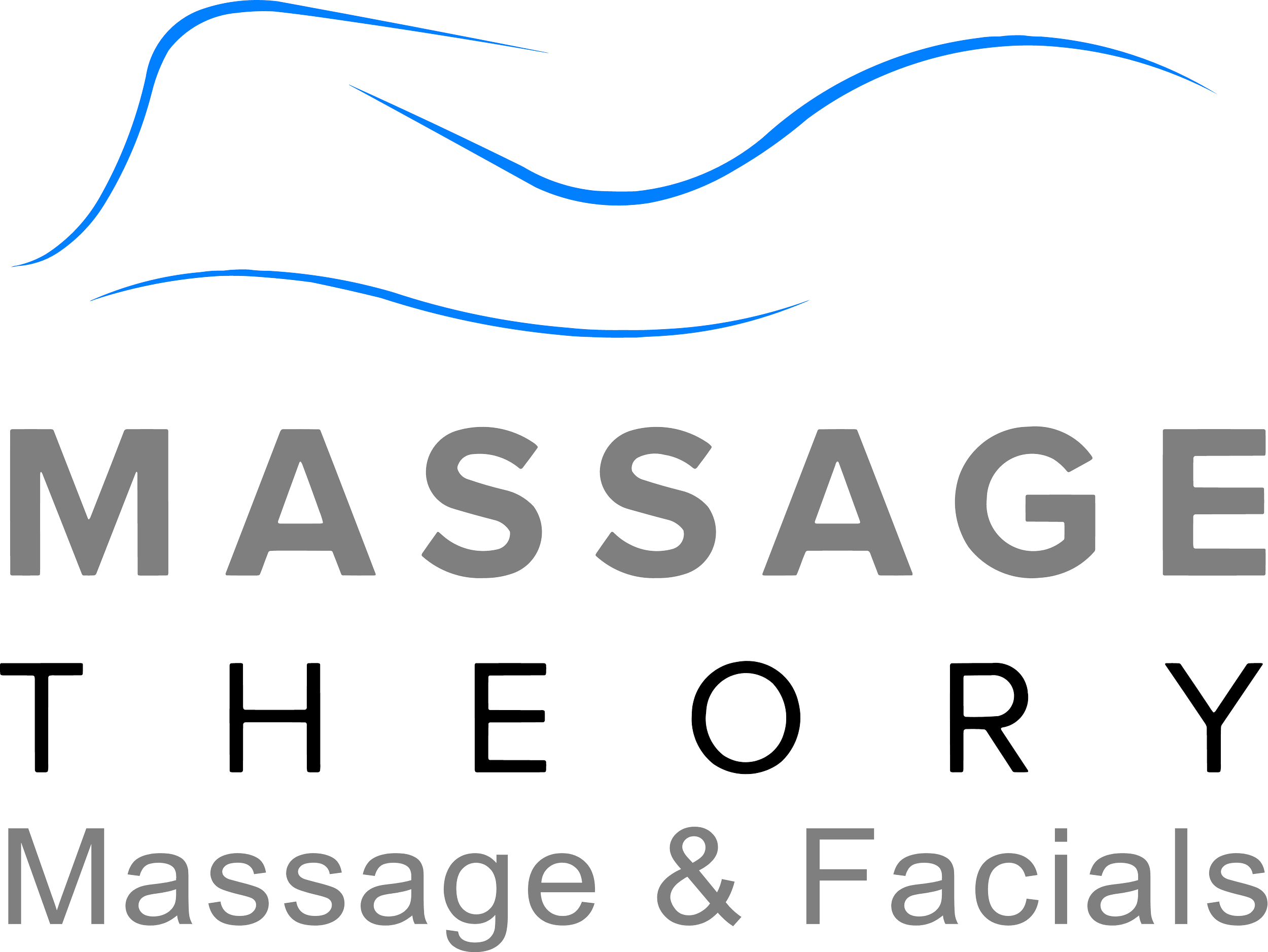Massage for Specific Conditions: Enhancing Medical Care with Therapeutic Touch
Massage therapy is often viewed as a luxurious indulgence, but it's increasingly recognized as a valuable component of a comprehensive healthcare regimen. As someone invested in maintaining and improving your health, it's important to acknowledge the therapeutic benefits massage can offer. Beyond the immediate relaxation and release of tension, licensed massage therapists are trained to address a variety of medical conditions. From supporting recovery post-surgery to managing chronic pain, incorporating massage therapy conducted by certified professionals can serve as an adjunct to conventional medical treatments.
Understanding the role of massage in healthcare can help you make informed decisions about your wellness strategy. Whether you're dealing with joint inflammation, muscle stiffness, or post-operative recovery, medical massage programs, often developed by institutions like the American Institute of Alternative Medicine, are tailored to meet specific health challenges. Such programs provide an evidence-based approach to massage therapy, making it a credible and effective tool in the healthcare toolkit.
By embracing massage therapy, you're stepping into a collaborative care approach where alternative treatments complement traditional medicine. This synergy aims to not only enhance your body's natural healing process but also to improve your overall quality of life. With a proactive attitude towards your health, and guidance from qualified health professionals, you stand to gain the full spectrum of benefits that massage therapy can offer.
Massage Therapy and Medical Conditions
Exploring the intersection of massage therapy and medical conditions reveals a growing recognition of massage as a valuable complement to traditional medical treatment. From pain management to enhancing circulation, massage therapy is leveraged for its physical and psychological benefits.
Role of Massage in Pain Management
Massage therapy is increasingly used to provide pain relief for both chronic and acute conditions. Integrative approaches to managing conditions like low back pain and arthritis have highlighted the potential of traditional massages, including Swedish and deep tissue techniques, to alleviate discomfort and improve patients' quality of life.
Evidence-Based Benefits of Therapeutic Massage
Clinical studies and meta-analyses provide evidence for the effectiveness of massage therapy in various settings. Research indicates that therapeutic massage can improve range of motion, reduce inflammation, and enhance blood flow and circulation. The impact on mental health, stress reduction, and overall quality of life also underscores therapeutic massage's tangible benefits.
Complementary Massage Techniques for Specific Ailments
Different techniques are tailored to address specific medical conditions. For instance, neuromuscular therapy is recommended for myofascial pain syndrome, whereas lymphatic drainage may be beneficial for those with inflammation. Reflexology and myofascial release can also be part of a holistic approach to patient care.
Regulatory and Practical Considerations for Massage Therapy
Before seeking massage therapy, it is crucial to understand the regulatory environment. Licensing requirements for therapists vary, as does the recognition of massage by health insurance. Always consult a qualified healthcare provider for advice on incorporating massage into a treatment regimen.
Collaboration with Health Professionals
Effective massage therapy often involves close collaboration with various health professionals, such as your physician, physical therapist, or chiropractor. This team approach ensures that massage therapy complements your treatment plan and addresses your specific rehabilitation needs.
Special Considerations and Contraindications
You should be aware that certain conditions, such as osteoporosis or recent surgeries, may have contraindications for massage therapy. Inform your massage therapist of any potential allergens, chest pain, wounds, or areas of concern to ensure safe and effective treatment.
Maximizing the Therapeutic Experience
To maximize the benefits of massage, communicate openly with your therapist about your pain levels, stress, anxiety, and goals for the session. This will help tailor the therapy to your needs, be it relaxation, tension release, or support in managing a chronic condition.
Advanced Massage Modalities
Advanced modalities like medical massage and movement therapies are designed for specific medical issues. These techniques require a higher level of training and experience from the therapist and can target problems like sciatica, tendonitis, and strains more effectively.
Specific Conditions and Massage Demonstrations
Educational material showing massage for specific conditions can be valuable. For example, demonstrations of techniques effective for arthritis or carpal tunnel syndrome can guide therapists and patients alike. Conditions like diabetes, headaches, and whiplash may benefit from tailored massage plans that consider individual symptoms and treatment goals.
Massage Therapy for Wellness and Recovery
Massage therapy isn't just about relaxation; it's a powerful tool for maintaining wellness and aiding recovery. Deftly applied, it offers significant benefits in both preventative care and post-injury or surgery rehabilitation.
Role of Massage in Preventative Care
Therapeutic massage plays a crucial role in maintaining your body's resilience against the physical stresses of daily life. Regular massage can help keep your muscles supple, enhancing your flexibility and improving your range of motion, directly impacting your quality of life. By addressing myofascial trigger points, massage can prevent the onset of headaches and mitigate chronic pain, contributing to effective stress reduction and mood improvement.
Massage for Enhancing Recovery Post-Injury or Surgery
In the context of rehabilitation, massage therapy is invaluable. It accelerates the healing process, helping you heal faster by improving blood flow and nutrient delivery to injured areas. Deep tissue techniques specifically target scar tissue, which can enhance flexibility and restore range of motion following an injury or surgery. Ultimately, incorporating massage into your recovery plan can shorten your path to regaining full function and quality of life.
Integrating Massage into Overall Health Routines
Making massage a regular part of your health routine can elevate your standard of care. Consistent therapeutic sessions contribute to improved posture, foster relaxation, and enhance overall muscle health. As an adjunct to your healthcare regimen, massage ensures you are taking proactive steps to maintain your well-being, balancing the body's needs for rest and recovery with active living.
